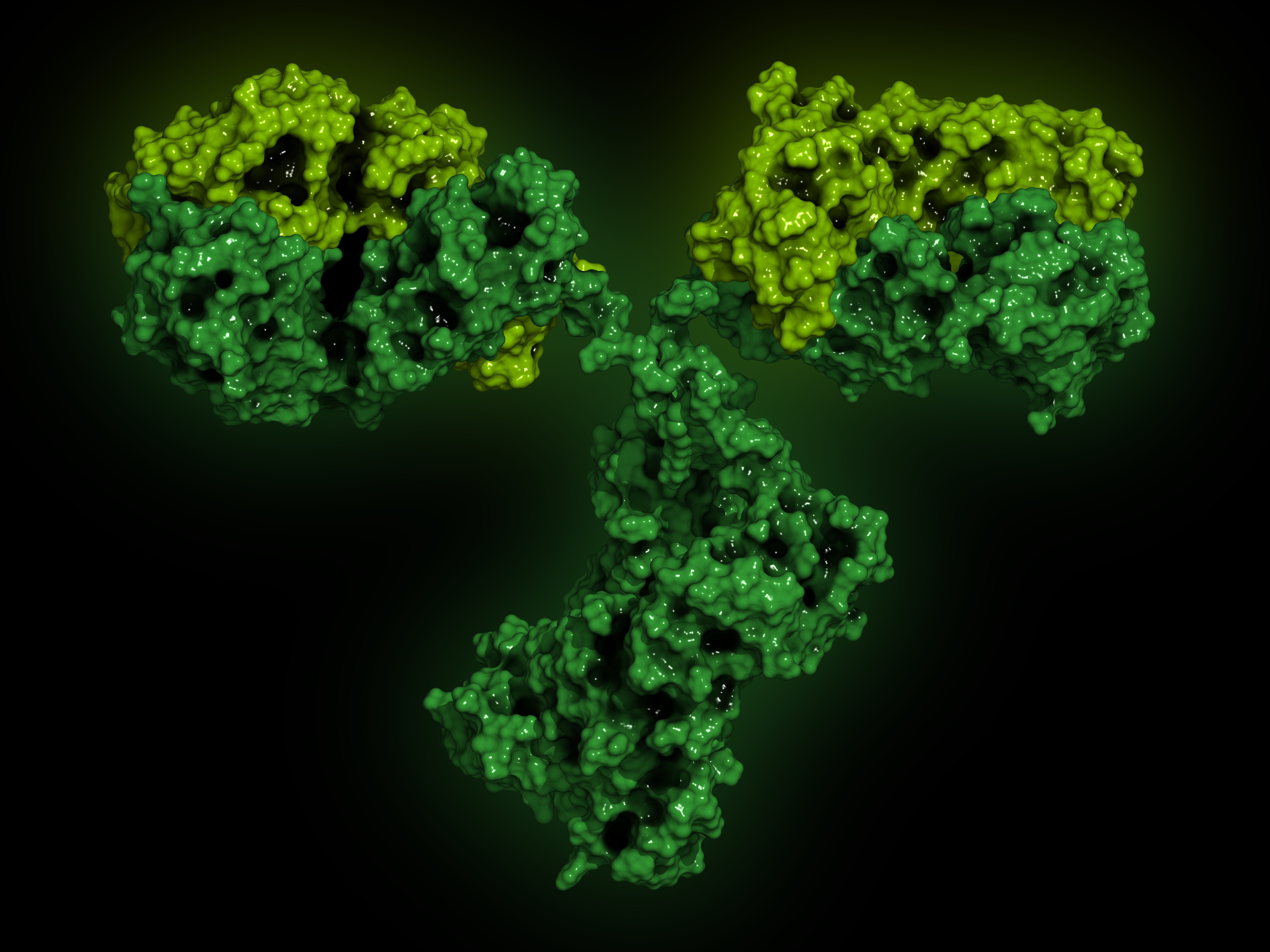Tau Antibodies May Best Treat Alzheimer’s by Avoiding an Inflammatory Trigger
Written by |

Researchers at Genentech discovered that antibodies against tau — a protein creating toxic tangles inside nerve cells of people with Alzheimer’s disease — protect from tau toxicity only when antibodies don’t engage inflammation-triggering microglial cells to get rid of the protein.
The findings, published in the journal Cell Reports under the title “Antibody-Mediated Targeting of Tau In Vivo Does Not Require Effector Function and Microglial Engagement,” are likely to inform future attempts to develop anti-tau therapies for Alzheimer’s, as well as a multitude of other conditions linked to an abnormal aggregation of tau.
In addition to amyloid-beta, which accumulates outside neurons in patients with Alzheimer’s, researchers believe that the aggregation of tau protein inside nerve cells contributes to the toxic effects that kill cells in the brains of patients. Unlike amyloid plaque, the extent and distribution pattern of tau correlate with Alzheimer’s symptoms and disease severity.
Scientists know that tau aggregation can spread from cell to cell in a process involving the release of faulty tau from one cell that is then taken up by another, unaffected neuron. This process is believed to drive disease progression. Researchers have tried to develop antibodies that capture the protein when it is outside the cell, preventing it from spreading the tangles.
An antibody response usually involves what researchers refer to as effector functions. On one side, the antibody — looking like the letter Y — binds a particular molecule. On the other, the antibody flags the presence of the threatening factor to immune cells, which release toxic substances or engulf the antibody and the factor it binds to, in an attempt to get rid of them.
Antibodies against tau usually engage microglial cells, the main immune cell of the brain.These cells can release inflammatory factors and eat away at unwanted proteins or cells. This inflammatory reaction is usually needed when antibodies attack an invading microbe or a tumor, but in neurodegenerative disease, the inflammation risks worsening the condition.
Gai Ayalon, PhD, a scientist in the Neuroscience Department at Genentech, and his team used two versions of the same antibody. Both could bind to tau, but while one was a classical type — engaging microglial cells to launch an attack on tau — the other merely bound tau, preventing it from entering another cell.
Testing the antibodies in mice, they discovered that the engagement of microglial cells was not necessary for the antibody to be effective — both stopped the spread of tau aggregation equally well.
Further exploring this in cells grown in the lab, the researchers discovered that when microglial contributed to the inflammatory processes, the removal of tau did not protect from cell toxicity. Only when tau was bound without an inflammatory reaction did the cells benefit from less toxicity, suggesting that antibodies that trigger an inflammatory response may be dangerous to patients.
In fact, researchers trying to develop antibodies against amyloid-beta have encountered similar problems. Antibodies with strong effector functions trigger plenty of side effects. “On the other hand, the anti-amyloid antibody crenezumab, which has reduced effector function, has been shown to be safe at high doses,” Ayalon said, in an interview with Alzheimer’s News Today about the findings.
This issue has also been raised by other scientists, suggesting that the ability of most antibodies to trigger inflammatory reactions may explain the failures in developing antibody-based drugs to treat Alzheimer’s.
“It is not yet known whether full effector antibodies will be deleterious in human Alzheimer’s patients,” Ayalon said, whose research focuses on the mechanisms of antibodies against toxic proteins in neurodegenerative diseases. “However, given that effector function is not required for effective targeting of tau, we propose that reducing the level of antibody effector function for tau antibodies may offer a safer path forward for tau immunotherapeutics.
“Our results also shed important light on the mechanism of action of tau antibodies, showing that tau antibodies target the spread of tau from cell to cell, rather than target the tangles inside neurons,” he added.





